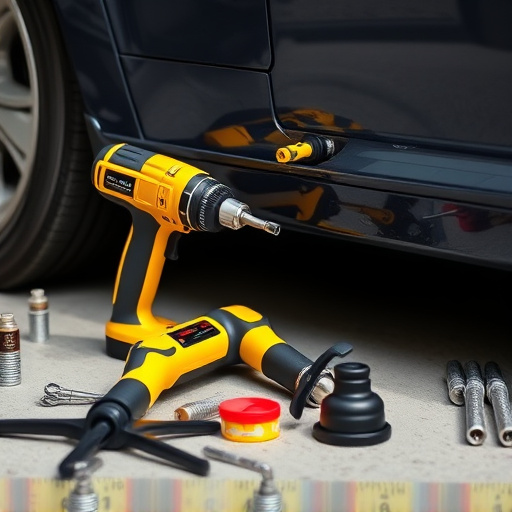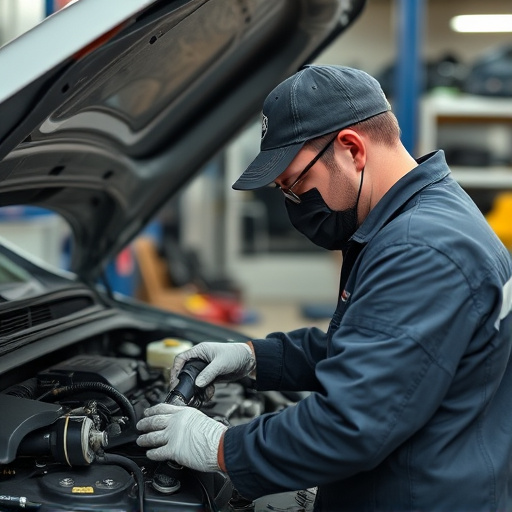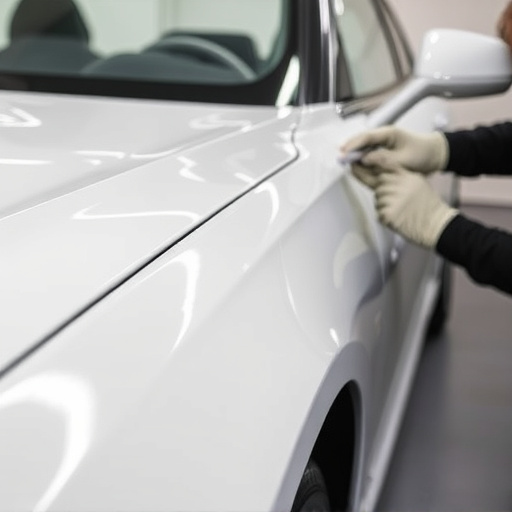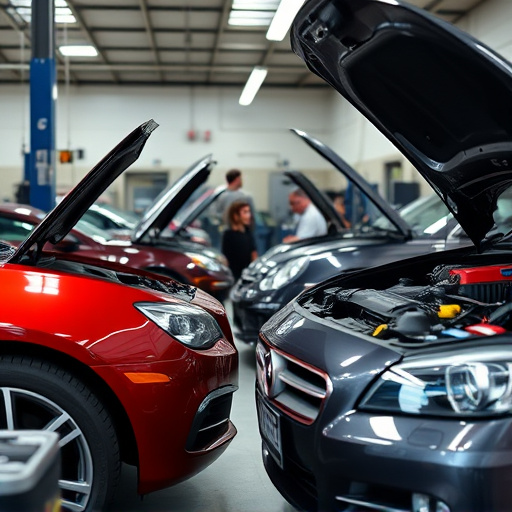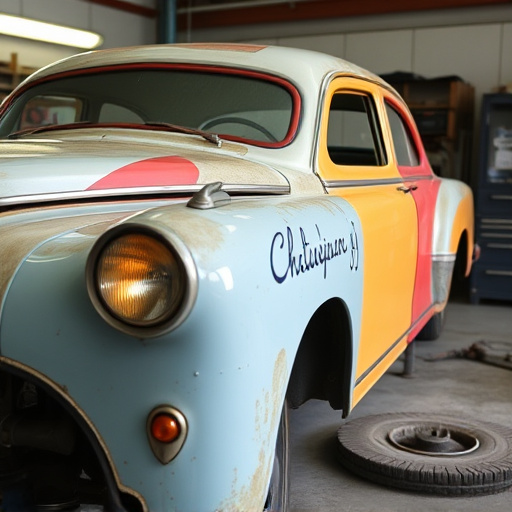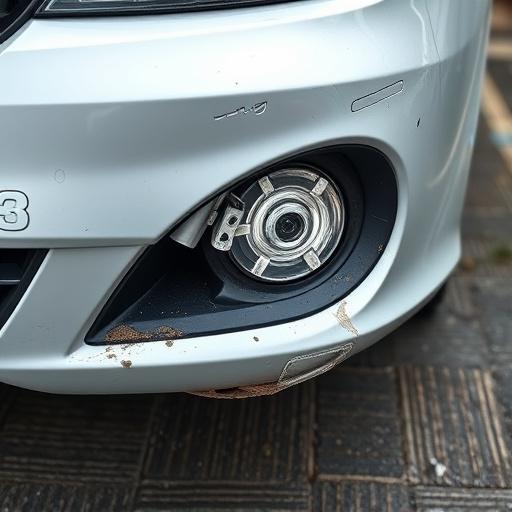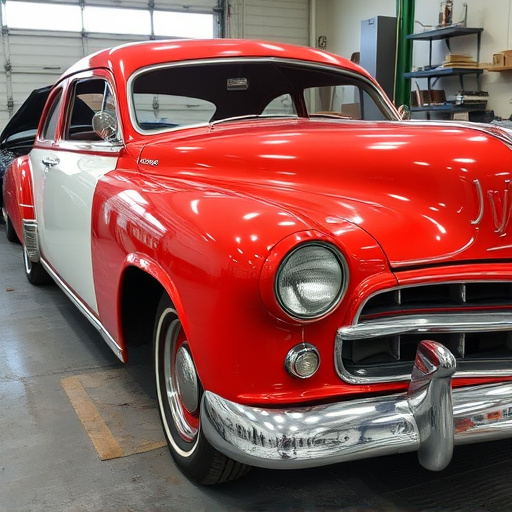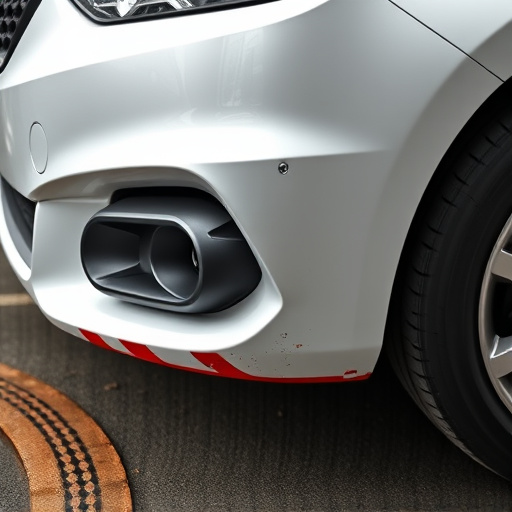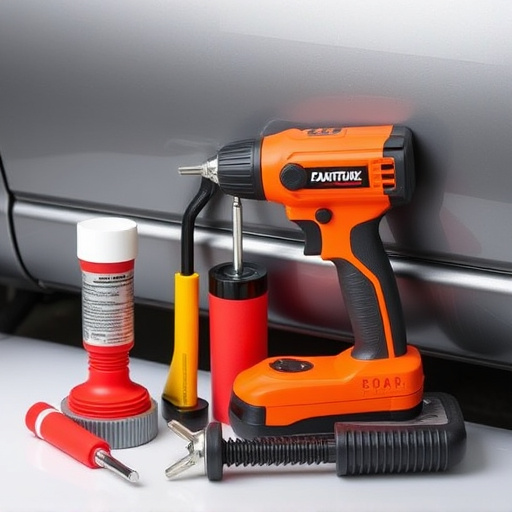Eco-friendly collision repair faces challenges due to limited access to specialized materials and technology, higher initial costs, and a skills gap among technicians. Despite these hurdles, adopting green practices offers long-term savings, market differentiation, and regulatory compliance benefits. Training programs bridge the skills gap, enabling technicians to stay updated with eco-friendly methods and deliver high-quality repairs.
Adopting eco-friendly practices in collision repair is a growing trend, yet several challenges impede widespread implementation. From limited access to sustainable materials and cutting-edge technology to higher upfront costs, these hurdles hinder businesses seeking to reduce their environmental impact. Additionally, ensuring technicians have the necessary training and certifications poses another significant barrier. Overcoming these common obstacles is crucial for promoting greener automotive solutions and fostering a more sustainable future in the industry.
- Limited Access to Eco-Materials and Technology
- Cost Considerations for Green Collision Repair
- Training and Certification Challenges for Technicians
Limited Access to Eco-Materials and Technology
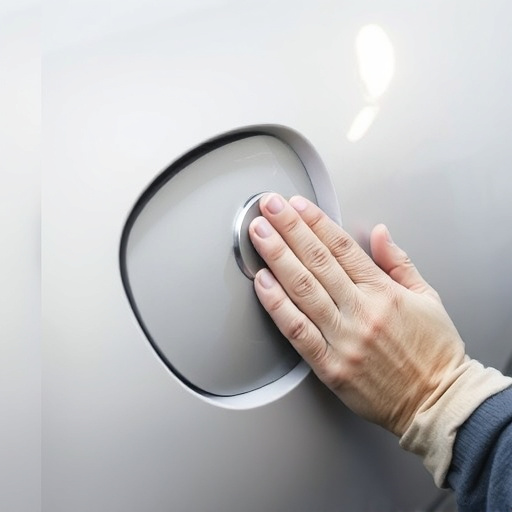
One significant challenge in the pursuit of eco-friendly collision repair is the limited access to specialized materials and technology. Traditional automotive industries have long relied on toxic chemicals and energy-intensive processes, making the transition to greener alternatives a complex task. Many eco-conscious repair shops struggle to find sustainable car paint services that match the quality and durability of conventional options without compromising environmental safety. The scarcity of these eco-materials often results in higher costs, which can be a deterrent for both businesses and consumers seeking affordable auto repair services.
This gap in resources is further exacerbated by the rapid pace of technological advancement in the automotive sector. New methods and materials are constantly being developed, but it takes time for these innovations to filter down to the smaller, independent repair shops that form a significant portion of the automotive repair landscape. As a result, these businesses might find themselves lagging behind in adopting cutting-edge, eco-friendly practices, thus hindering their ability to offer the most up-to-date and sustainable car paint services.
Cost Considerations for Green Collision Repair
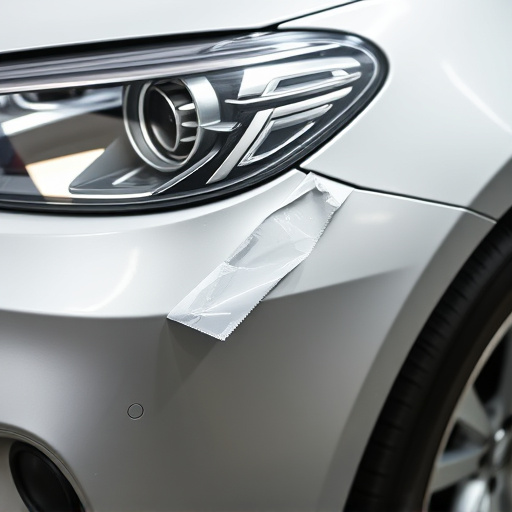
Adopting eco-friendly practices in collision repair comes with unique financial considerations. While initial investments for transitioning to greener methods can be significant, long-term cost savings are achievable. Green collision centers often source environmentally friendly materials and equipment, which may carry higher upfront prices compared to traditional counterparts. These could include water-based paints, low-VOC (Volatile Organic Compound) chemicals, and advanced recycling systems.
However, these investments pay off over time through reduced disposal costs, lower energy consumption, and potential incentives or rebates for adopting sustainable practices. Moreover, as demand for eco-friendly car restoration and fleet repair services grows, businesses can differentiate themselves in a competitive market, potentially attracting customers willing to support their environmental initiatives. This shift towards sustainability also aligns with regulatory trends, ensuring compliance without incurring excessive penalties associated with non-green practices, such as in car damage repair scenarios.
Training and Certification Challenges for Technicians
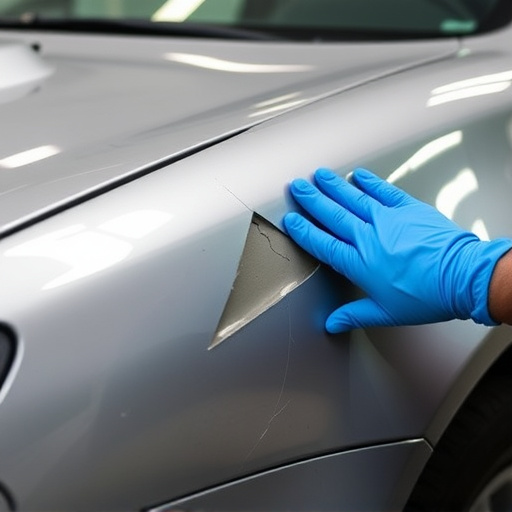
Training and certification challenges are among the significant hurdles that eco-friendly collision repair shops face as they strive to raise the bar in sustainability within the automotive industry. The transition from traditional to green practices requires specialized knowledge, which can be hard to come by. Many experienced technicians may not have been exposed to eco-friendly techniques or materials during their initial training, leading to a skills gap.
This issue is further exacerbated by the constant evolution of sustainable technology and regulations. Keeping up with these changes demands ongoing professional development for repair personnel. Fortunately, numerous organizations offer specialized courses and certifications in green collision repair, classic car restoration, and sustainable automotive repair services. These programs equip technicians with the necessary tools and knowledge to perform high-quality eco-friendly vehicle repairs, ensuring that their skills remain relevant and effective as the industry advances.
Adopting eco-friendly collision repair practices presents unique challenges, from sourcing sustainable materials and technologies to managing cost implications. Additionally, ensuring technicians are adequately trained and certified is crucial for effective implementation. Despite these hurdles, the growing demand for environmentally conscious solutions makes eco-friendly collision repair a game-changer in the industry. By addressing these common challenges head-on, shops can contribute to a greener future while meeting customer expectations for responsible automotive care.
